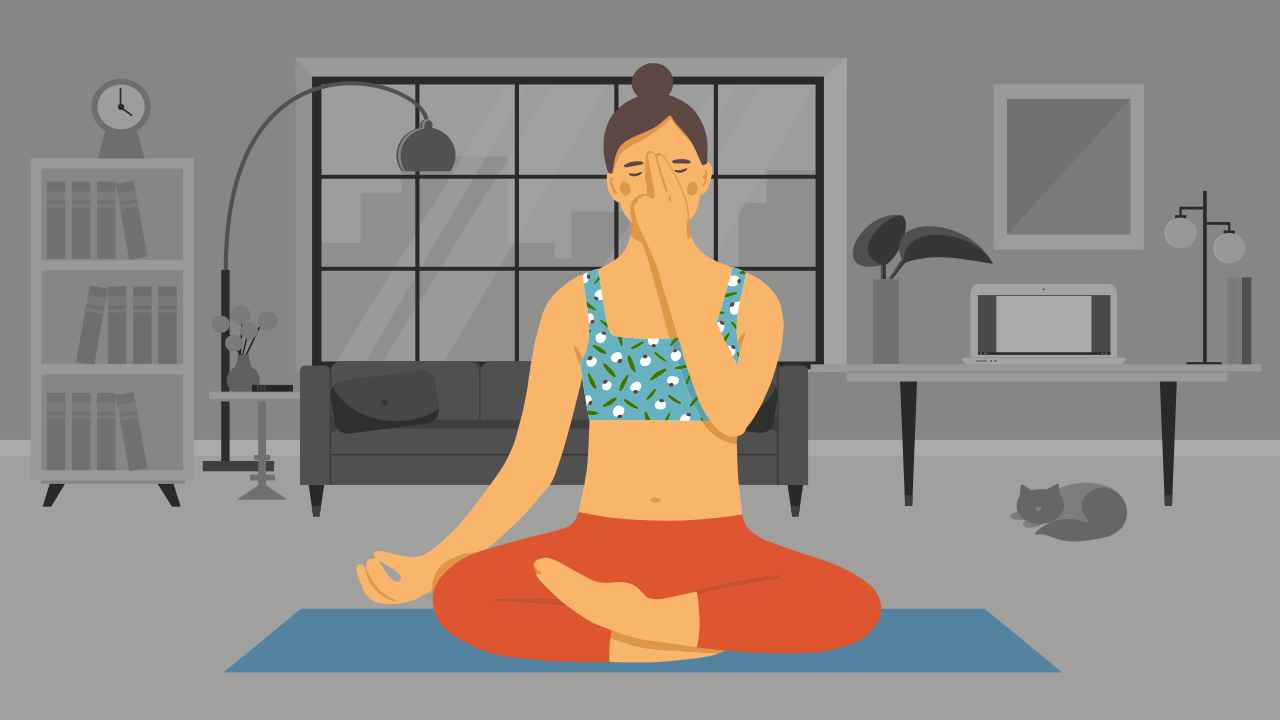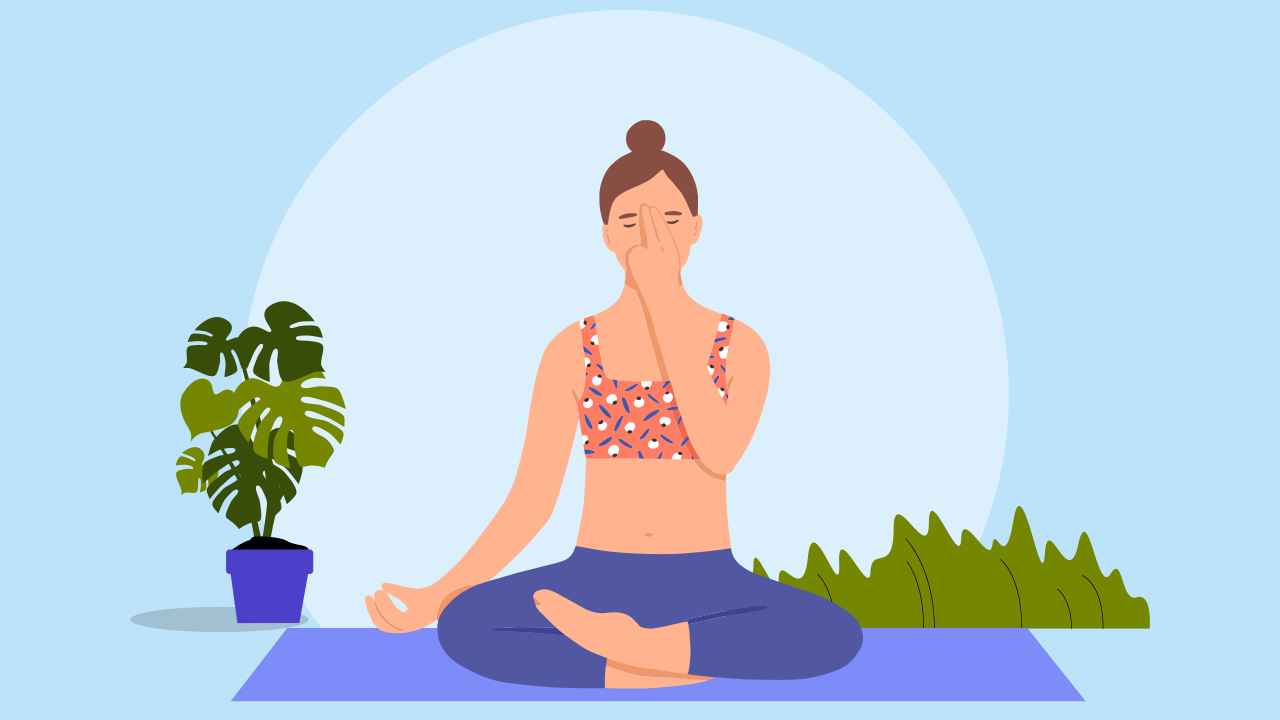
Is Yoga Enough to Keep You Fit?

Who hasn’t dreamt of flaunting a fit body or achieving optimal fitness levels? Most of us often correlate fitness with physical aestheticism. Fitness, in common parlance, has a skewed definition and is at times, vague. Most describe fitness to be a condition of being physically strong and healthy; some talk about it as the optimum functioning of the body; while others refer to it as a set of attributes that allows you to remain physically active.
A rather encompassing definition of fitness is a state of positive health and wellness. It is multi dimensional and considers factors such as overall quality of life and well- being. Similarly, Yoga, being a holistic science of the human body and mind, covers all aspects of fitness and even beyond.
First, yoga deals with the entire human organism and aims to achieve optimal health and longevity to fulfill its spiritual goal. Secondly, it promotes a positive state of mind by looking beyond physical ailments and targeting the emotional and mental makeup of a human being. Lastly, through various techniques, it ensures that the overall quality of life is enriched.
How does yoga help?
Let us look at how the rich and ancient science of yoga achieves total fitness that is desired by most, if not all of us. With asana, pranayama, kriya, and meditation as its foremost tools, it is effective in keeping us mentally and physically fit.
1. Asanas, unlike most physical exercises, have a deep impact on the functioning of various systems in our body (muscular, skeletal, digestive, respiratory, reproductive, excretory, nervous system). It also works on the cellular level, targeting organs in our body, eliminating sluggish behavior and boosting their performance. Asanas are on par with other forms of fitness tests as they help us build strength, improve flexibility and mobility, increase concentration and focus as well as work on our balance. It makes you sweat and thus, keeps your weight in check and has an overall toning effect on your body. Lastly, asanas attract a wider audience because of its relaxed and gentle manner of training combined with use of modifications and props, thus making physical fitness available to all.
2. Pranayama is an aspect of yoga that deals with breath. Most physical regimes overlook this detail. The quality of your breath determines the quality of your life. Pranayama is a specially curated technique, which obliterates certain defects in your body by clearing channels and passageways that carry your bio-energy or prana. Improved patterns of breathing facilitate higher levels of oxygen in your body thus improving organ function and increasing your energy levels. Daily practice of pranayama will help resolve side-effects of leading a sedentary lifestyle by enhancing lung function, reducing stress, improving sleep patterns, aiding in digestion, boosting immunity, lowering blood pressure, and stimulating lymphatic drainage when performed correctly. All of these contribute towards your wellbeing.
3. Meditation is one of the finest and unique aspects of yoga. Most mental and emotional effects are a by-product of various athletic exercises. Yoga has curated a specific tool to target the disturbances at the level of the mind. Meditation techniques are proven effective instruments to tackle serious problems such as stress, anxiety, pain, depression, high blood pressure and heart disease. It opens up ways for your creative and intuitive abilities to flow and gives you emotional and mental strength to tackle the problems rising in your day- to-day lives.
Also read: What Does Yoga Do to Your Body?
If all these haven’t convinced you that yoga is a step forward towards embracing fitness, you should definitely take a yoga class and experience these benefits yourself.
That said, yoga is a lifestyle rather than a fitness regime, which has to be followed to achieve desired or measured results. Yoga is a way of life; it is enough to keep you fit, but it may or may not align with your fitness goals. Yoga wasn’t designed keeping in mind the fitness scales; it was adopted by the fitness industry later on. Hence, for yoga to fulfil your fitness goals, a regular and defined practice is a must.
You can also experiment with different styles of yoga, which have been recently developed in the West such as Bikram yoga, Ashtanga Vinyasa, Power Yoga, Aerial Yoga, Acro Yoga, etc., that address your need for physical fitness and wellness combined.
References
1. Paoli A, Bianco A. What is fitness training? Definitions and implications: A systematic review article. Iran J Public Health 2015; 44: 602–14.














